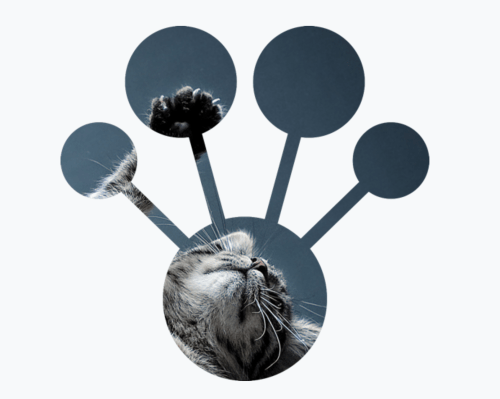Artificial intelligence is now powering a growing number of computing functions, and today the developer community today is getting another AI boost, courtesy of Yandex. Today, the Russian search giant — which, like its US counterpart Google, has extended into a myriad of other business lines, from mobile to maps and more — announced the launch of CatBoost, an open source machine learning library based on gradient boosting — the branch of ML that is specifically designed to help “teach” systems when you have a very sparse amount of data, and especially when the data may not all be sensorial (such as audio, text or imagery), but includes transactional or historical data, too.
CatBoost is making its debut in two ways today. (I think ‘Cat’, by the way, is a shortening of ‘category’, not your feline friend, although Yandex is enjoying the play on words. If you visit the CatBoost site you will see what I mean.)
First, Yandex says that it is starting to use the new framework itself across its own services, to replace MatrixNet, which is the machine learning algorithm that up to now has been used at the company for everything, from ranking tasks, weather forecasting, Yandex.taxi services (which are now being spun off into a $3.7 billion joint venture with Uber across Russian markets) and recommendations. The switchover from MatrixNet to CatBoost is happening now and will continue in the months ahead.
Second, Yandex is offering the CatBoost library as a free service, released under an Apache license, to any and all who need or want to use gradient-boosting tech in their own programs. “This is the pinnacle of a lot of years of work,” Misha Bilenko, Yandex’s head of machine intelligence and research said in an interview. “We have been using a lot of open source machine learning tools ourselves, so it’s good karma to give something back.” He mentioned Google’s move to open source Tensorflow back in 2015 and the establishment and growth of Linux as two inspirations here.
Bilenko added that there are “no plans” to commercialise CatBoost or close it off in any other proprietary way. “It’s not a question of competitors,” he said. “We’d be glad to have competitors use it as it’s foundational.”
Of course, as Yandex continues to grow, it has long been looking at ways of raising its international profile outside of the Russian-speaking world. Moves like this underscore not just the company’s commitment to the open source community, but also it’s hope to be at the center of how it develops, both among large tech companies and the larger developer community.
Just as Google has continued to expand and update Tensorflow, the idea is that today’s CatBoost release is the first iteration that will be updated and developed further, Bilenko told me. Today, the library has three main features:
“Reduced overfitting” which Yandex says helps you get better results in a training program. It is “based on a proprietary algorithm for constructing models that differs from the standard gradient-boosting scheme.”
“Categorical features support” in which your training results are improved while letting you use of non-numeric factors, “instead of having to pre-process your data or spend time and effort turning it to numbers.”
It also uses an API interface that lets you use CatBoost from the command line or via API for Python or R, including tools for formula analysis and training visualisation.
While there are a number of other libraries out there to help with gradient boosting or other solutions to help train machine learning systems (XGBoost being one), Bilenko argued that the benefit of CatBoost and other frameworks put out there by large companies like Yandex is that they are “battle tested” for accuracy.
“The dirty secret with a lot of machine learning code is that it requires pretty extensive tuning,” he said. “Ours requires little and provides pretty good performance out of the box. That is a key differentiator.”
